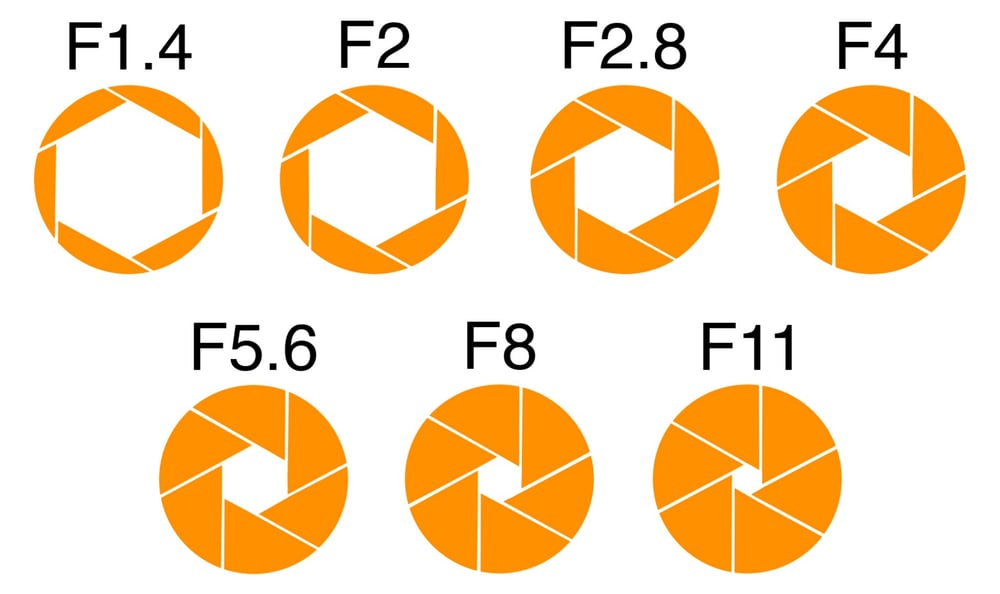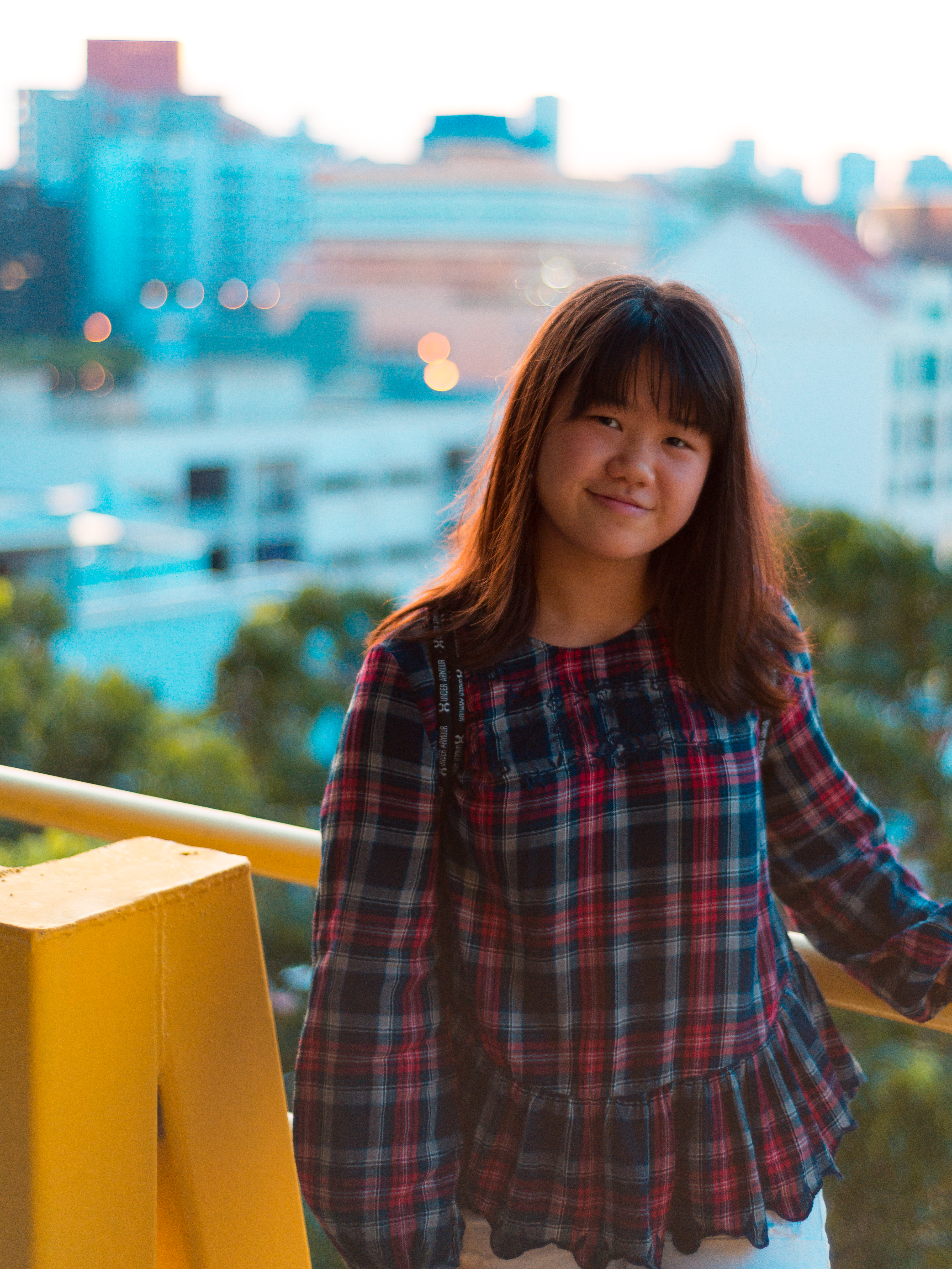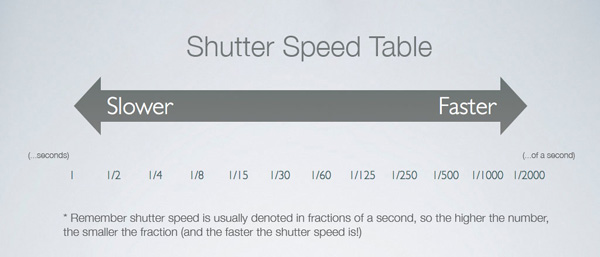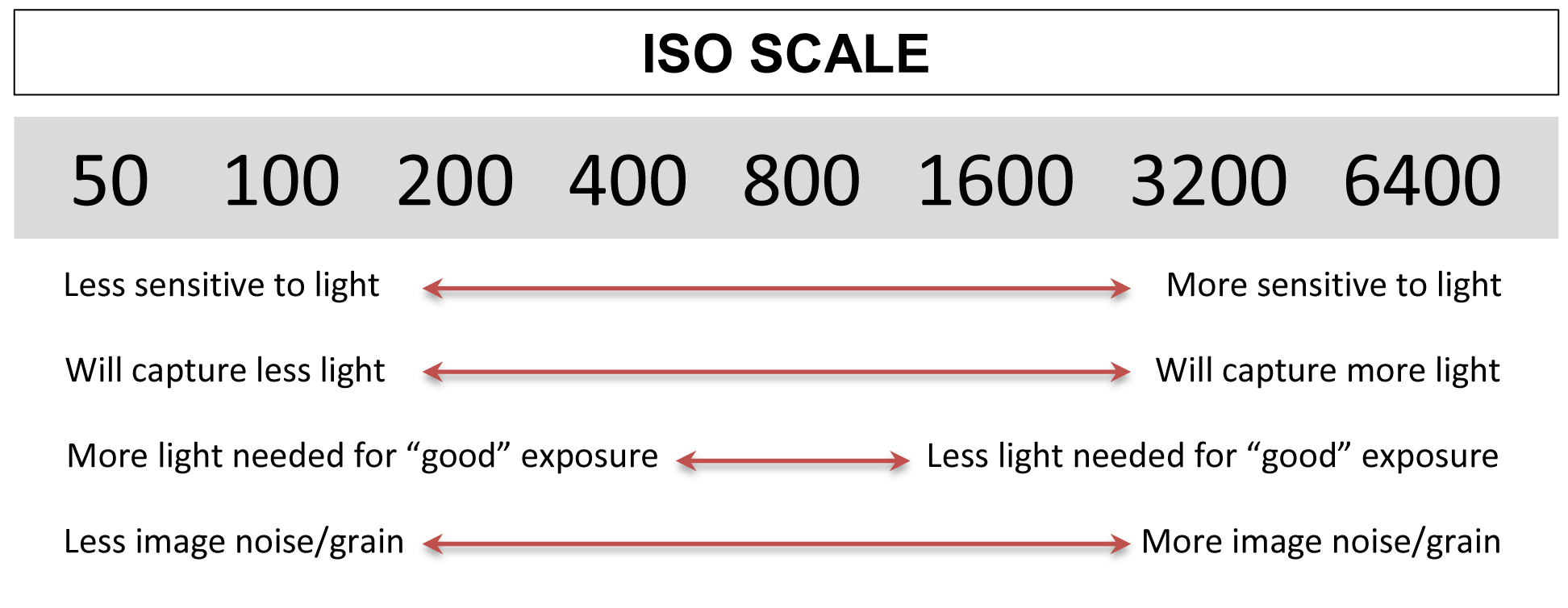Dear readers, welcome back to Part 2 of a Beginner’s Guide to Photography. So I have spent Part 1 explaining some points relating to composition in order to produce interesting images, then Part 2 will make more reference to the technical aspect of photography. After all, behind every image is a series of metaphorical cogs and wheels that work together to produce stunning colors, sharpness and a good amount of exposure etc. Some of you might say that just touching the right spot on your smartphone camera is enough to get the right focus for the image but with more advanced smartphone cameras come increased controls over things like aperture and shutter speed and hence I find it essential to learn more about the technical aspect of photography, if not for future application but for practical knowledge.
Hence, I will be using this article to talk about factors such as aperture, shutter speed and ISO. To make sure that this article is still a simple read, I will try my best to give bite-sized nuggets of information for easy digestion. 🙂
Aperture
To put it in simple terms, aperture is basically a hole for light to pass through. As the f-stop gets bigger, the aperture is smaller, and consequently the light that passes through is less. The converse is true as well (f-stop smaller, larger aperture, more light). This directly affects the exposure of the image but for many smartphone cameras now, there are only fixed apertures and no controls over exposure. (eg. the iPhone 6 cameras have a fixed aperture of f2.2)

Aperture also plays another important role in image quality that is depth of field. The lower the f number, the shallower the depth of field. This means that the distance between the nearest and furthest objects in focus gradually becomes less. Hence when the f number is lower and the aperture is wider, there is shallow depth of field which contributes to blurriness in the foreground or background. Shallow depth of field is essential for a type of background blur known as bokeh which gives the background a soft, creamy texture.

Shutter Speed

Shutter speed refers to the time in which the shutter is open on a camera, thus allowing light to pass through. Shutter speed numbers are usually shown in fraction as depicted in the chart above and hence as the denominator increases, the shutter speed becomes much faster and hence photos of moving objects will show them to be static or “frozen in time”. Consequently, when a slower shutter speed is used, more light can pass through and hence moving objects have a motion blur about them and even the vibration of your hands while holding the camera will show up clearly when a slow shutter speed is used, thus a tripod is essential when using slow shutter speeds. Furthermore, when using different shutter speeds, varying amounts of light can pass through the shutter depending on the amount of time it is open for and hence ISO and aperture will be used to compensate for overexposure or underexposure (when the image is either too bright or too dim).
When the shutter speed is faster, less light can pass through and thus a wider aperture is needed to ensure more light passes through and the photo is not too dark. When the shutter speed is slower, a smaller aperture is used to ensure that the photo is not too bright.
ISO
ISO is an acronym for something but it basically means the sensitivity to light of your camera sensor. As the ISO increases, the sensitivity to light increases and photos become brighter, but they also have more noise and turn out to be poorer quality. Lower ISOs are less sensitive to light but contain less noise. Hence, in low light photography, ISO is often higher and noise is visible.

Conclusion
In my opinion, photography is not just about taking the sharpest pictures but also experimenting and developing your personal style. Hence, while its important to start off with knowing composition rules as well as the technical stuff that I talked about in this article, one will have to experiment with them to get the best pictures. Understanding these technical factors such as aperture, ISO and shutter speed will help you to make well-informed decisions to get the best picture. But then again, there is no hard definition of a “good” or “best” picture so the knowledge I have tried to impart will serve you in getting satisfactory results anywhere so long as you have a working camera or smartphone.
As a final recap:
Aperture
The wider the aperture (Lower the f-stop), the brighter the image and the shallower the depth of field
Shutter Speed
The faster the shutter speed, the darker the pictures (moving subject will also be captured without any motion blur)
ISO
The higher the ISO, the higher the sensitivity to light and more noise will be seen.
Yours Sincerely,
Ryan
If you would like to shop other products by Print For Fun, then check out our online store here.

You must be logged in to post a comment.